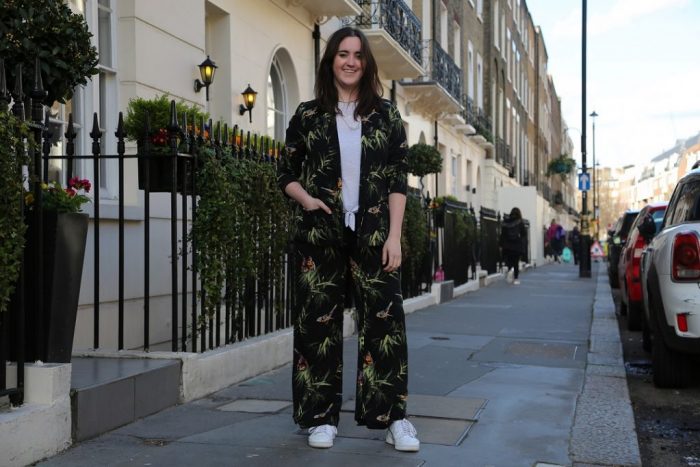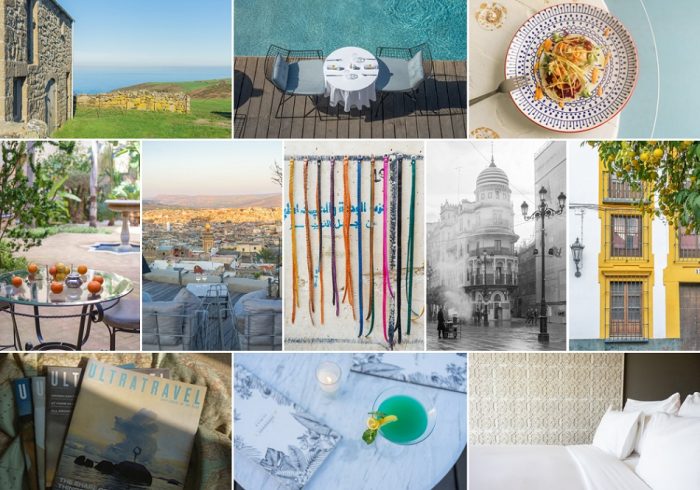
Pet peeves, top tips and how to make sure your pictures get used. Our in-house Mason Rose photography team speak to expert picture editor, Helen Gibson at The Telegraph.
With over 10 years’ experience on titles like Grazia and ES Magazine, Helen now masterminds all the imagery for The Telegraph’s glossy supplement: Ultratravel and Telegraph Luxury. We asked her what hoteliers can do to improve their photographs and get more PR coverage.
How important are pictures?
They are the most important thing. Images are the first reason readers stop and take notice. When people are flicking through a magazine or scrolling, they will stop because a picture grabs their attention and then they’ll read the words. Pictures come first.
What are you looking for in terms of travel and hotel imagery?
Each publication has its own style, and picture editors need to consider flow and format of the whole issue – so we need a choice. In an ideal world, I would have a large range of portrait and landscape orientation, different crops of interior and exterior shots and details, like food, furniture and also, importantly, destination shots to choose from.
Ultratravel is commissioning original shoots more and more to make sure we get the best pictures, but we are very reliant on hotels to provide excellent images. If yours aren’t good enough, we’ll have to find alternatives or use ‘fill in’ photos via Getty Images and that means your hotel might have missed an opportunity or won’t get as much exposure as you could have had if your images were on point.
Why wouldn’t you use an image – what are your key ‘no nos’?
- It’s frustrating to get lots of very corporate shots, as they aren’t usable in editorial
- Images that look over stylised, too polished or that have logos or branding have to be rejected
- Don’t have ‘fake-looking’ overly posed people in the shot. Sometimes the use of models can work, but it has to look natural, as if the reader could imagine themselves in the frame. Models can make people feel disconnected. Use real people. Staff and locals doing interesting things can often work well.
- Avoid clichés. Some sunset or night time shots can look a bit cheesy. Great for Instagram though. No cheese please!
What makes a ‘hero’ shot?
That depends on the hotel. The hero shot is the best thing about the place. Show it off.
Are aerial / drone shots a good idea?
They do have wow factor, but people are getting a bit tired of them. They look like they’ve been taken by a machine. I like seeing and feeling human engagement – the interaction between the photographer and the subject matter should come through. The psychology of the way people react to images interests me. The photo should feel warm. If a photographer has a warm personality – the photos will feel warm and inviting.
Is video footage useful?
Yes video footage is more and more useful as content is used in print, digital and social, so extra incidental video footage can be placed beside articles to bring them to life. Again, these have to be editorial and interesting, rather than commercial like an advert. There was a shoot recently with the world-famous American photographer Steve McCurry in Mongolia and they had a videographer capturing background footage of eagles flying in the sky. It was beautiful and atmospheric.

Top ten tips from Helen
- Use natural light where possible. When using pro lighting make sure it’s warm and natural looking. Avoid filters. Edited images should look natural, clean and clear and not too dark or overly saturated.
- Shoot a mix of portrait and landscape, hero and incidental images and details. Also ask your photographer to provide lots of different crops.
- Corporate images don’t work for editorial. Make sure pictures aren’t too ‘brand-y’; avoid obvious models and too many logos
- Destination shots are so important, as well as the hotel pictures – hotels should invest in destination pics so they can take ownership and curate the perception of a location as well as the hotel
- Create a gallery so picture editors can scroll and download images easily. Give a picture editor plenty to choose from.
- Inject a sense of atmosphere into an image, using natural light and shadows, details and textures
- Be careful with props: rose petals and too much staging which looks ‘fake’. Food, plants, interesting furniture and architectural features can add a sense of character
- Offer media images that are not already on your hotel website
- Think about giving young local videographers the opportunity to create little snippets of content including ‘behind the scenes’ and other interesting footage that could be shared
- Try to bring out the ‘human essence’ of an image. Make people believe they could experience a place for themselves. Create an emotional connection with readers through your photography.
Head of Photography at Mason Rose, Andie Moore says:
“We totally agree with Helen. As a luxury travel communications agency, we know that photographs are THE most important thing for hotels to get right. People decide that they want to travel to a hotel or destination because of a photograph that they have seen. It’s well worth investing in good editorial and social photography on a regular basis to keep things up to date and fresh.
Flying out Steve McCurry to shoot your hotel and destination isn’t going to be an option of course, but at Mason Rose we can create the perfect mix of hotel editorial and social photography for our clients to use as they wish. The images we provide are perfect for picture editors to choose from as we include the travel destination, hotel hero shots and all of the little details too in a downloadable, high res gallery.”
Mason Rose photography includes 2 photographers shooting on location, professional lighting equipment where required, editing and delivery of high res, digital images.
For more information please do get in touch with Andie at Mason Rose andie@masonrose.com